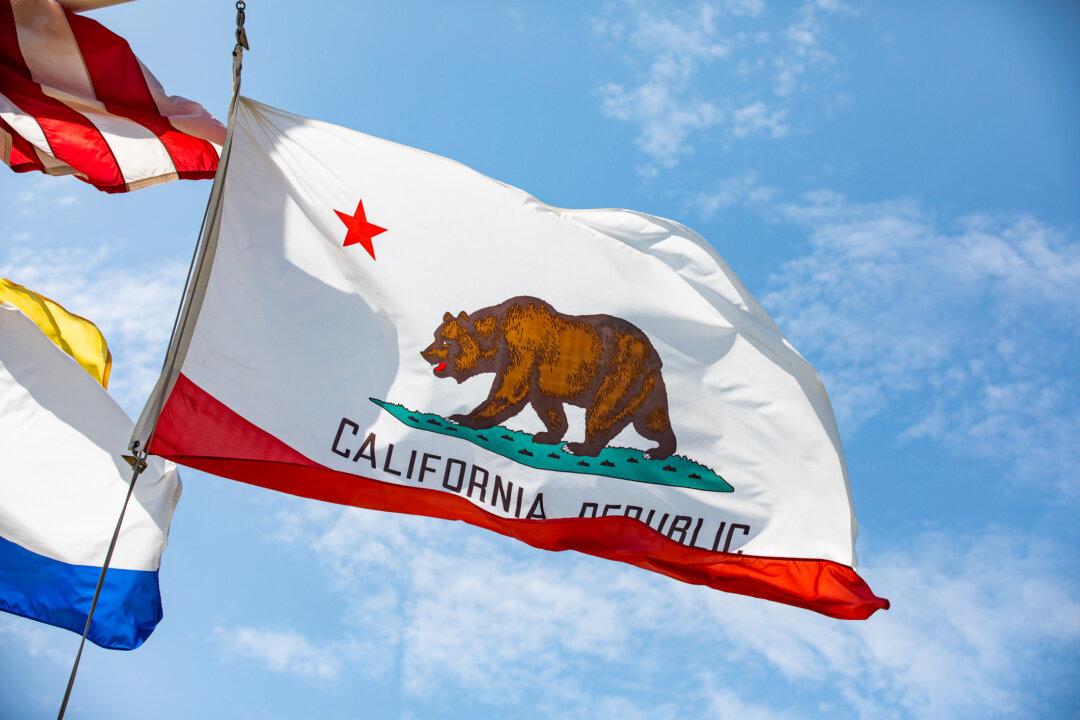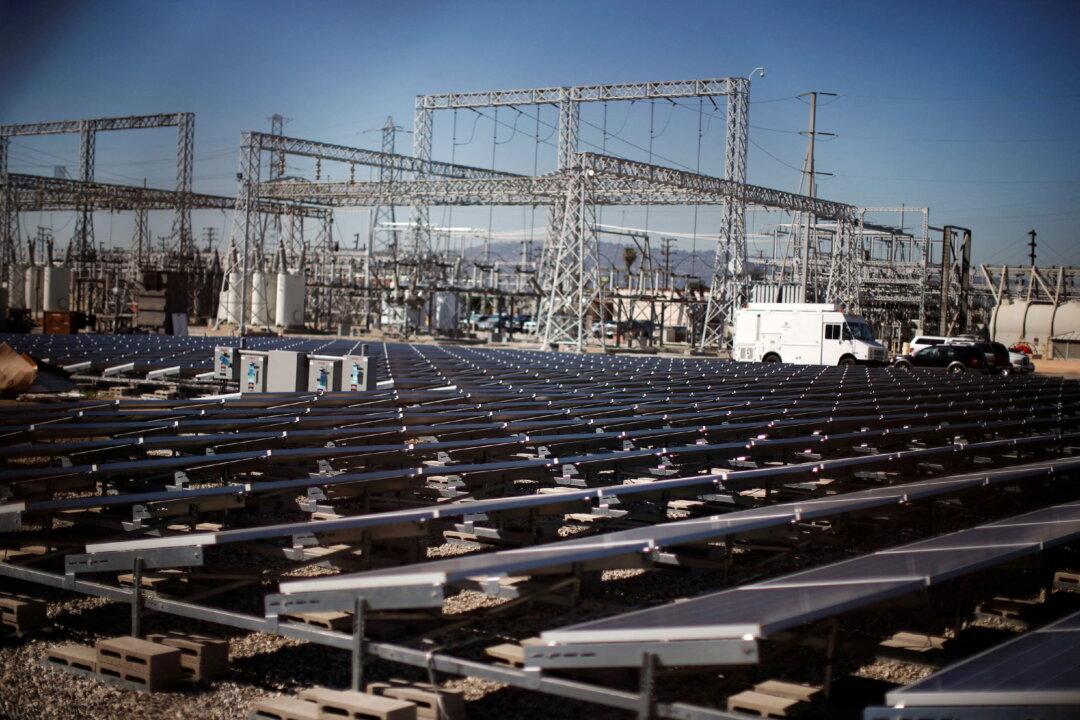Commentary
Catching up to my warnings on bad budget times ahead, despite the expected $45.7 billion surplus Gov. Gavin Newsom imagines, a recent report by the state Legislative Analyst’s Office cautions the state faces tough budget times ahead. This is in preparation for the budget wrangling that will begin in the Legislature in May.





